Mount Kilimanjaro Map
Navigating the iconic heights of Mount Kilimanjaro is a feat many aspire to achieve. The Mt Kilimanjaro Map is an essential tool for this journey, providing clarity on routes, terrains, and significant landmarks.
The map offers a comprehensive view of the mountain's vast expanse for those venturing on the challenge of Mount Kilimanjaro Climbing or simply curious about its majestic contours.
Find paths, campsites, and elevation points to help guide your exploration or plan your ascent. Understand the accurate scale of this African giant with the help of a Map of Mt Kilimanjaro.
Mount Kilimanjaro Location & Geographical Coordinates
Mount Kilimanjaro is prominently located in Handeni, Tanga, Tanzania, Africa and is easily recognizable on the map. Here's a breakdown of its specifics:
- Geographical Coordinates: 3.0674° S, 37.3556° E
- Height: 5,895 meters above sea level.
- Elevation Above Surrounding Area (Prominence): 5,885 meters.
- Highest Point: The Kibo-Uhuru Peak.
- Nature of Peak: It's a volcanic mountain.
- Exact Latitude/Longitude: 3° 4′ 35” S, 37° 21′ 15” E or in decimal degrees: -3.076448, 37.354034.
- Position in UTM: 317082 E 9659816 N, Zone 37.
- Country: Tanzania, where it holds the title of the highest point.
- Region: It's in the Kilimanjaro province.
- First Successful Climb: Achieved in October 1889 by Ludwig Purtscheller and Hans Meyer.
- Mountain Range: Part of the Eastern Rift mountains.
Known by various names, locals primarily refer to it as Mount Kilimanjaro. However, in other languages, the mountain has different names, as given below:
- Slovenian: Kilimand탑aro
- German: Kimanscharo
- French: Kilimandjaro
For those planning on Mount Kilimanjaro Climbing, knowing these specifics helps understand the prominence and significance of this iconic mountain. Furthermore, a comprehensive Mt Kilimanjaro Africa Map will be invaluable when choosing Kilimanjaro Climbing Packages.
Routes on the Kilimanjaro Map
Mount Kilimanjaro boasts a variety of routes for climbers, each distinct in its way. The Mt Kilimanjaro Map delineates these Kilimanjaro Routes, making it easier for enthusiasts to select the best fit based on their comfort, skill, and interest. Here's an overview:
Machame Route
- Approaching from the south, the Machame Route is another favourite among climbers.
- It presents a beautifully picturesque southern traverse.
- The route is challenging, yet it’s ideal for acclimatization.
- Trekkers will be camping along this route.
- Duration and Distance: Around 6-7 days, 62 kilometres.
- Learn more about Machame Route
Rongai Route
- Beginning from the northern side of Kilimanjaro, this route offers an extended drive to the starting point.
- It's a more secluded and less frequented path featuring gentle slopes.
- The trail has beautiful alpine desert sections and is recommended during rainy seasons.
- Duration and Distance: About 7-9 days, covering 79 kilometres.
- Learn more about the Rongai Route
Lemosho Route
- Starting from the west, this route offers magnificent scenery after a considerable drive.
- It is less frequented, ensuring a quiet trekking experience.
- Featuring a beautiful southern crossing, the path is perfect for acclimatization.
- Duration and Distance: Approximately 6-8 days and 70 kilometers.
- Learn more about Lemosho Route
Northern Circuit Route
- A relatively new route, the Northern Circuit is serene with fewer climbers.
- Starting from the west, it showcases an impressive northern traverse.
- This path offers comprehensive acclimatization and a wide range of views.
- Duration and Distance: Roughly 9 days encompassing 98 kilometers.
- Learn more about Northern Circuit
The journey to the peak of Mount Kilimanjaro can be challenging. Still, the trek becomes more manageable and enjoyable with the correct route selection based on your personal preferences and the associated Kilimanjaro Climbing Packages.
Base Camps and Campsites on Kilimanjaro Map
A Mount Kilimanjaro trek is an immersive experience, and the choice of campsites enhances this adventure. On the Mt Kilimanjaro Map, you can spot distinct base camps and campsites, each offering a unique view and experience.
Let’s break down the notable campsites by different Kilimanjaro Climbing Routes.
| Route |
Starting Point |
Campsites |
Ending Point |
| Lemosho |
Londorossi (2,100 meters) |
Mti Mkubwa (2,820m), Shira 1 (3,500m), Shira 2 (3,850m), Barranco (3,900m), Karanga (3,960m), Barafu Base (4,670m) |
Mweka Gate (1,640 meters) |
| Machame |
Machame Gate (2,100 meters) |
Machame (2,820m), Shira 2 (3,850m), Barranco (3,900m), Karanga (3,960m), Barafu Base (4,670m) |
Mweka Gate (1,640 meters) |
| Rongai |
Nalemuru Gate (2,020 meters) |
Simba (2,625m), Second Cave (3,480m), Kikilewa (3,630m), Mawenzi Tarn (4,310m), Kibo (4,700m) |
Mweka Gate (1,640 meters) |
| Northern Circuit |
Londorossi (2,100 meters) |
Mti Mkubwa (2,820m), Shira 1 (3,500m), Shira 2 (3,850m), Moir Hut (4,150m), Buffalo (4,020m), Third Cave (3,870m), School Hut (4,750m) |
Mweka Gate (1,640 meters) |
The Importance of the Kilimanjaro Map
A Mount Kilimanjaro trek is an immersive experience, and the choice of campsites enhances this adventure. On the Mt Kilimanjaro Map, you can spot distinct base camps and campsites, each offering a unique view and experience.
Let’s break down the notable campsites by different Kilimanjaro Climbing Routes.
Understanding the Mt. Kilimanjaro Map is pivotal when planning a climb on this iconic mountain. With seven distinct routes available, your choice can significantly impact your climbing experience and the likelihood of reaching the summit.
It's a misconception to rely solely on an experienced guide, thinking it guarantees reaching the top. Each route presents its challenges, and some are tougher than others.
Examining the Mt Kilimanjaro Map thoroughly prepares you for the journey, ensuring you know each phase and the essential acclimatization stages. The importance of the map lies in the following aspects:
- Awareness: Knowing what to expect at each stop ensures no surprises.
- Preparation: A clear understanding of the terrain helps climbers mentally and physically gearing up for the challenges.
- Strategizing: Different routes have varying camp stops, each with its pros and cons. Analysing them can help in optimizing the climb.
- Informed Decision Making: Factors such as your time in Tanzania, past climbing experiences, prevailing weather conditions, and physical readiness play a part.
If you're overwhelmed by route choices or need clarity on the Mt. Kilimanjaro Map, our team at African Scenic Safaris is here to guide you. We're dedicated to helping you make the best choice for a memorable and successful ascent.
Navigate your Kilimanjaro adventure with clarity and confidence. With every trail marked, every camp pinpointed, and every summit route revealed, the map transforms your journey into a well-guided quest to the Roof of Africa.
Static and Dynamic Map of Kilimanjaro
Static Map
The static Mt. Kilimanjaro Map provides a focused overview of the mountain, highlighting its elevation and various climbing routes. It also shows the starting points for each trail, camp locations, 4×4 safari car routes, caves, and huts.
This map offers a detailed guide for those setting their sights on conquering the peak, allowing climbers to visualize their ascent and descent. It also indicates shorter path options, catering to various trekking preferences.
Dynamic Map
On the other hand, the Dynamic Map offers a broader perspective, showing Mount Kilimanjaro's Location on The Map of Africa.
Not just limited to the trails and mountain specifics, it provides insights into nearby towns, road networks, and estimated driving durations.
This map reveals that Mount Kilimanjaro National Park shares its borders with Kenya, sitting near Arusha National Park in Tanzania and Tsavo West National Park in Kenya.
It's an invaluable resource for those planning a more extended safari or wanting to understand the mountain's location and other attractions.
Mapping Your Kilimanjaro Journey from Base To Peak
In wrapping up, a Mount Kilimanjaro Map is a pivotal tool for those intent on Climbing Kilimanjaro. It guides climbers through the intricate terrains and prepares them for what's ahead.
With its detailed layout of routes and geographical exactness, it's your trusted companion on this fearless journey. Experience the thrill of the climb with guidance at every step.
Explore Kilimanjaro Travel Guide
Find essential topics below to help you plan, prepare, and enjoy your Kilimanjaro travel experience fully.
Climb Kilimanjaro With Us
Get ready for a mountain adventure with real advice, smiling guides, and simple help that actually works. We’re with you from start to summit.
Frequently Asked Questions
While a Mt Kilimanjaro Map can provide detailed routes and topographical information, a guide is essential. Kilimanjaro National Park regulations require climbers to be accompanied by licensed guides to ensure safety.
Yes, digital versions of the Mt Kilimanjaro Map are available online. However, ensure you download from reputable sources, and it's a good idea to cross-reference with physical maps.
The base camp, known as Barafu Base Camp, is typically marked on the Mt Kilimanjaro Map along the southeastern route, serving as the primary launching point for summit attempts.
A Mount Kilimanjaro Map offers details on climbing routes, base camps, altitudes, geographical features, and nearby landmarks. It also typically displays notable points of interest and acclimatization zones.
The Lemosho route can be found on the western side of the Mount Kilimanjaro Map, starting from Londorossi Gate and merging with the Machame route in the subsequent days of the climb.
The geographical coordinates for Mount Kilimanjaro are approximately 3.0758° S latitude and 37.3533° E longitude. These are often indicated in the map's key or legend.
Yes, it's advisable to carry a physical Mt Kilimanjaro Map. While guides will know the route, having your map provides an additional layer of awareness and understanding of your journey.
Simbo Natai, founder of African Scenic Safaris, crafts sustainable, meaningful Tanzanian journeys rooted in his deep local knowledge and passion.
Director





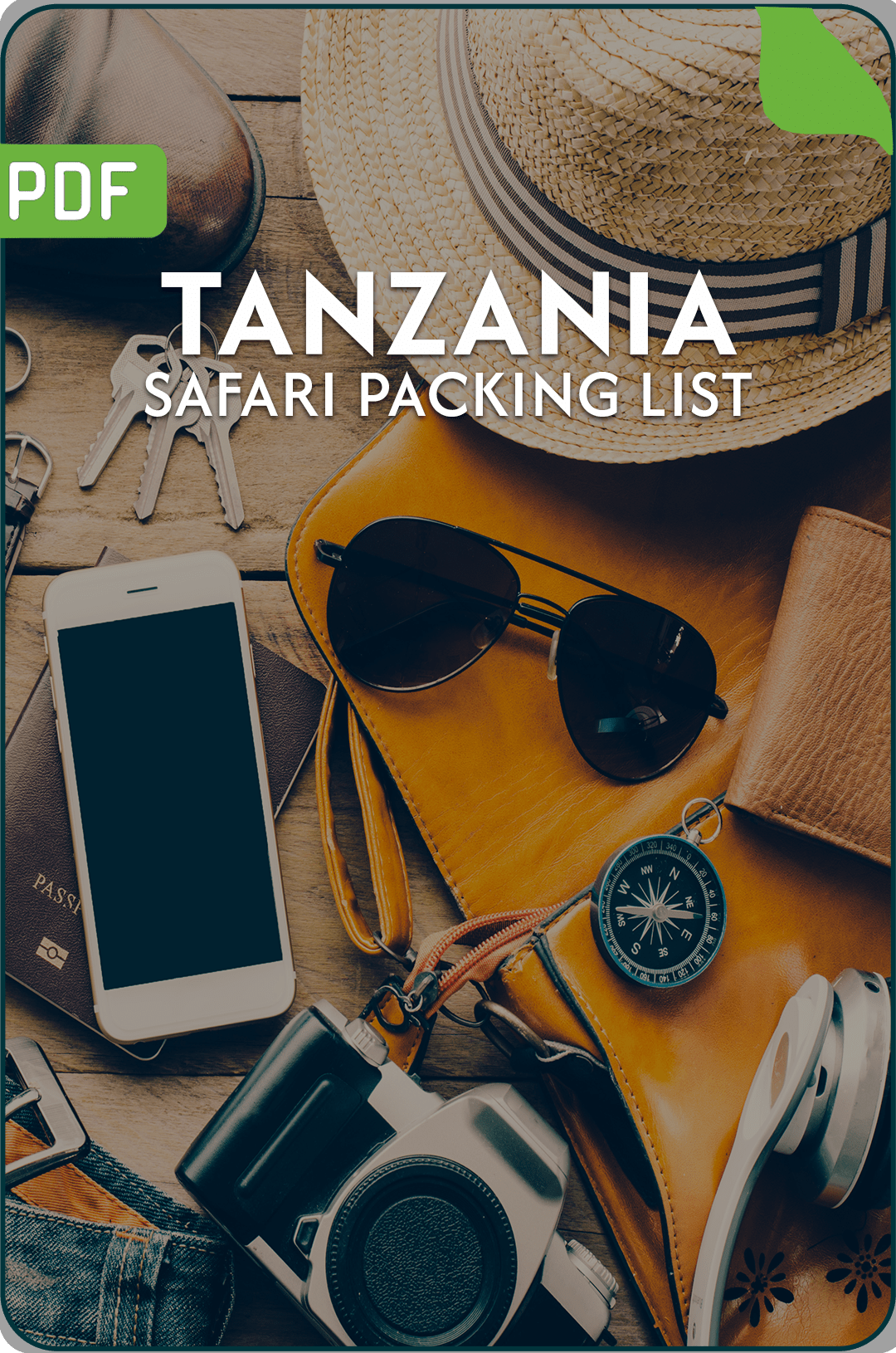
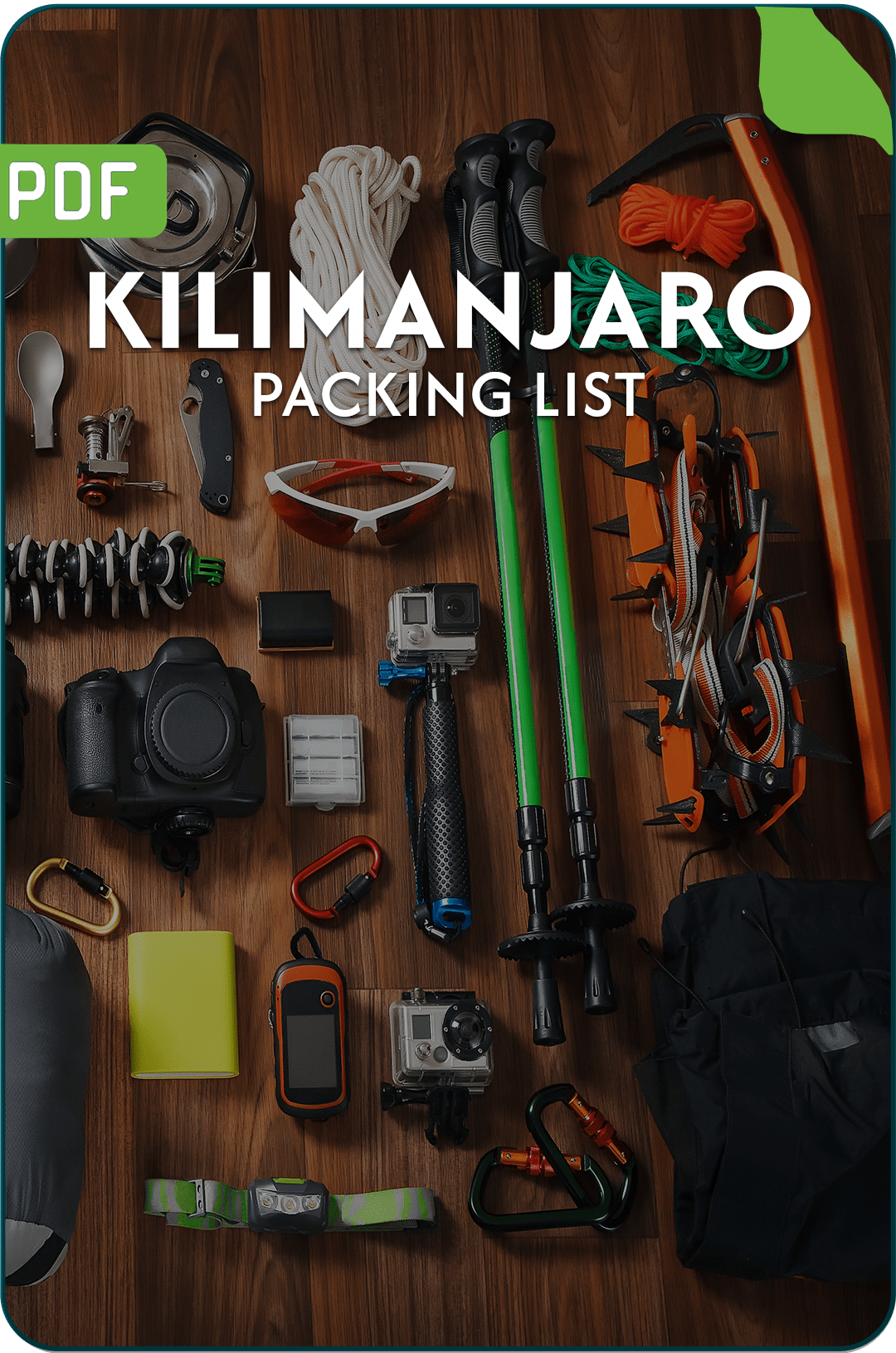
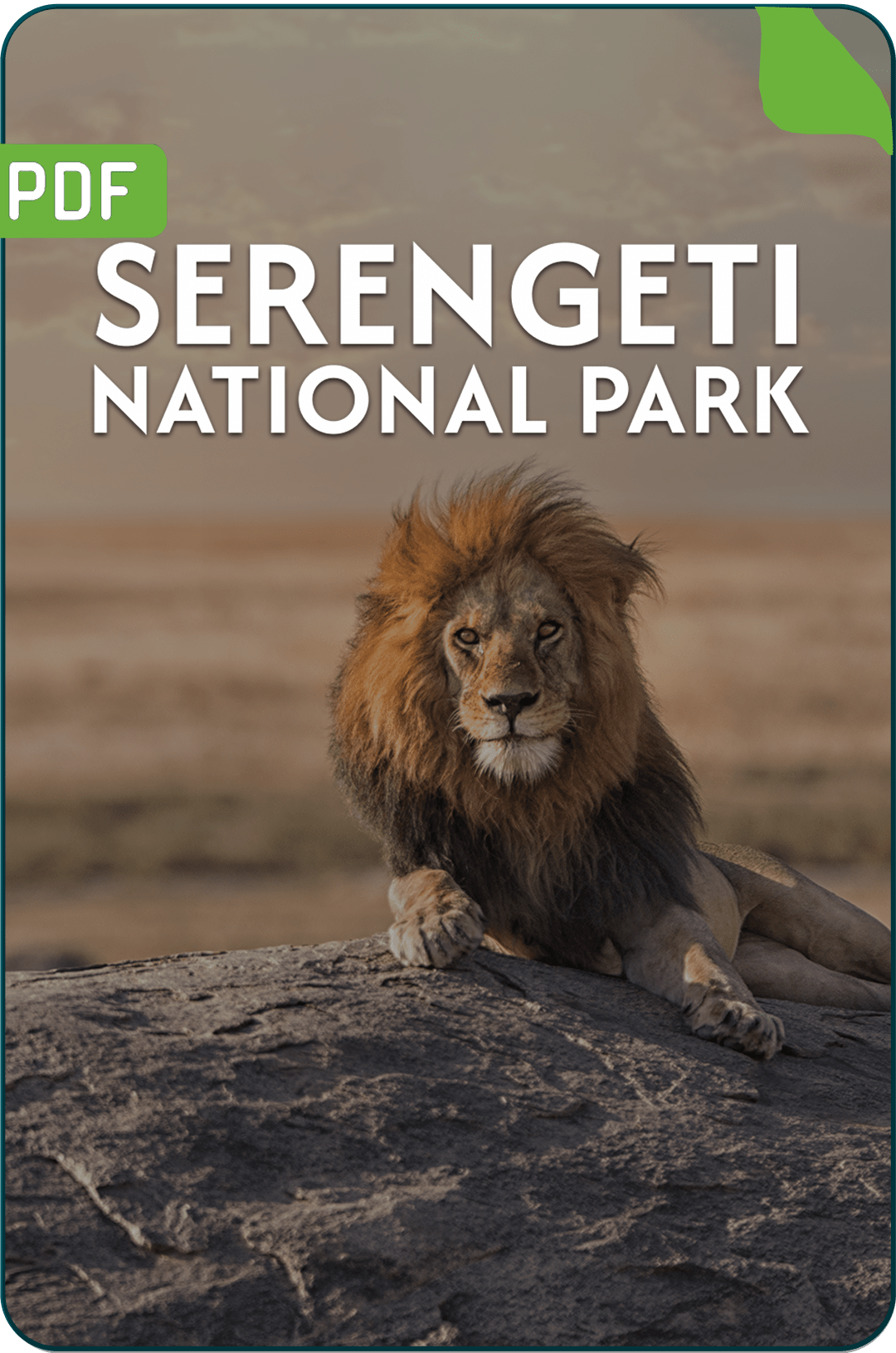
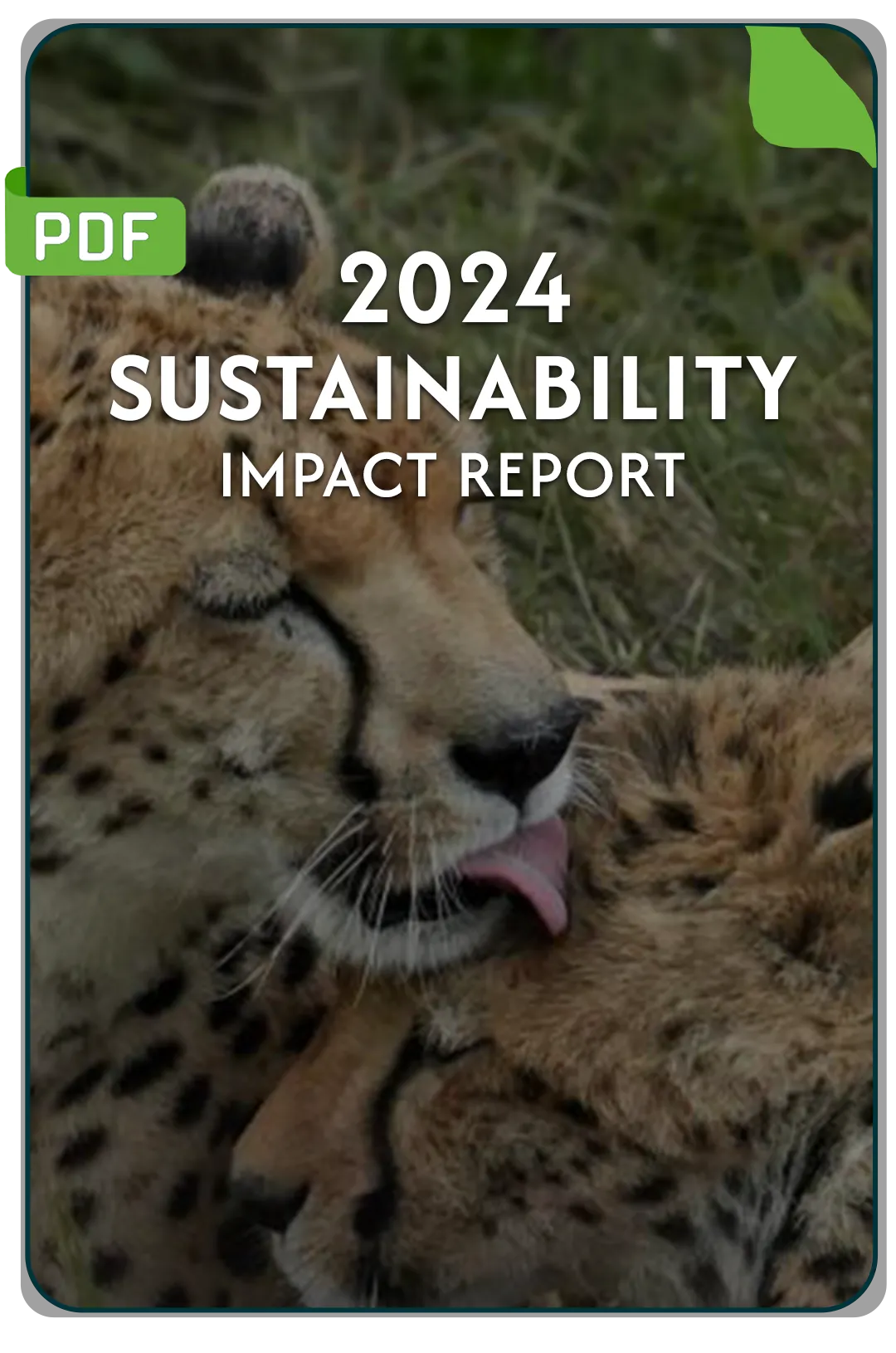
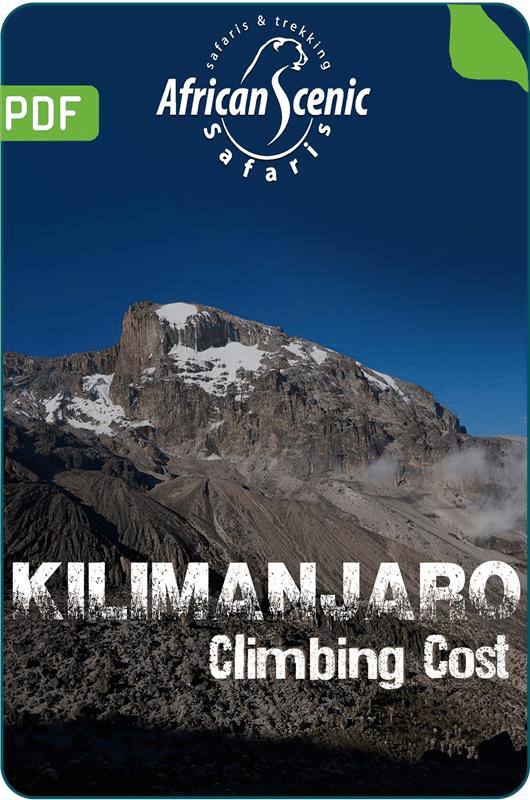





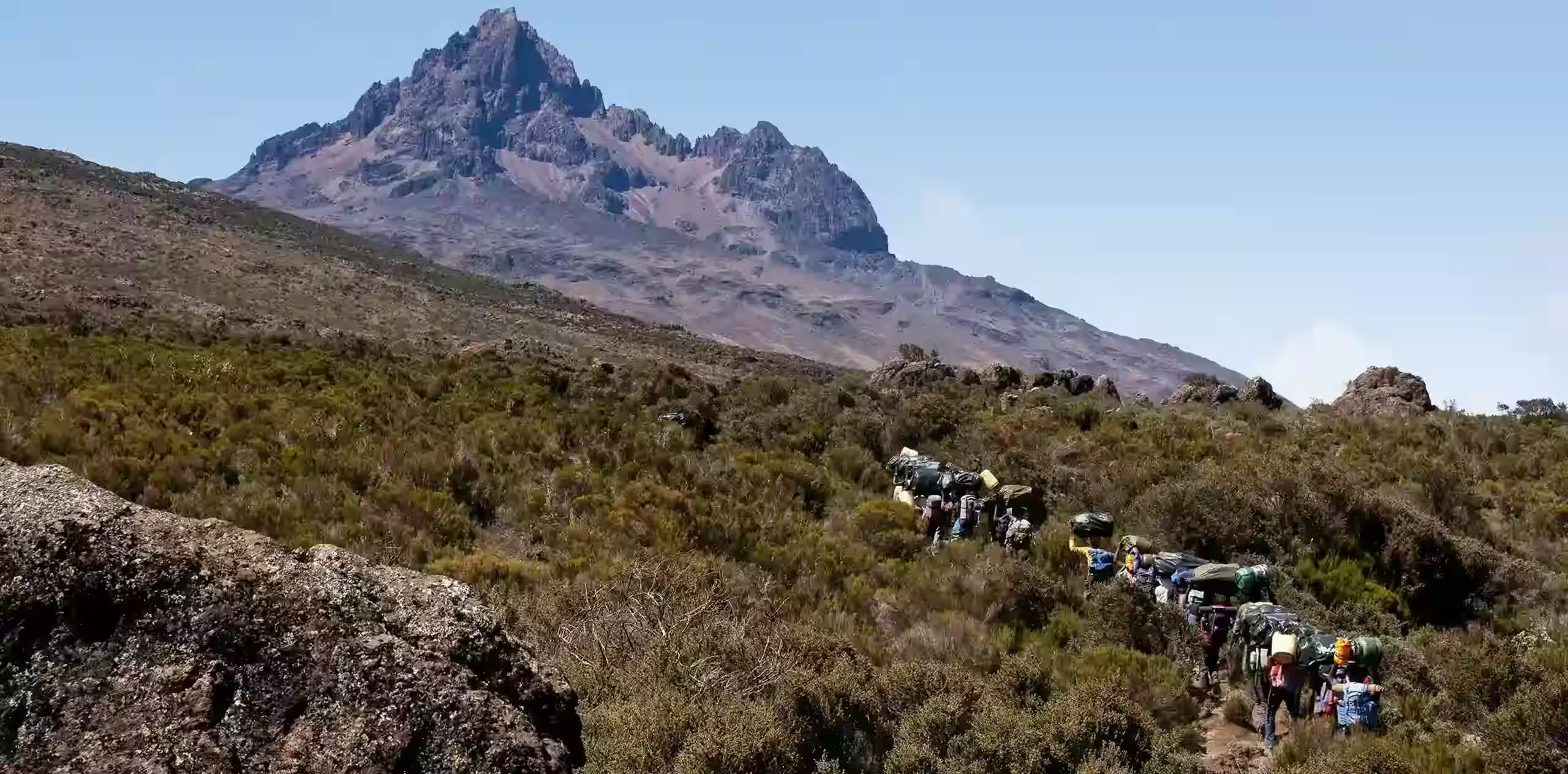

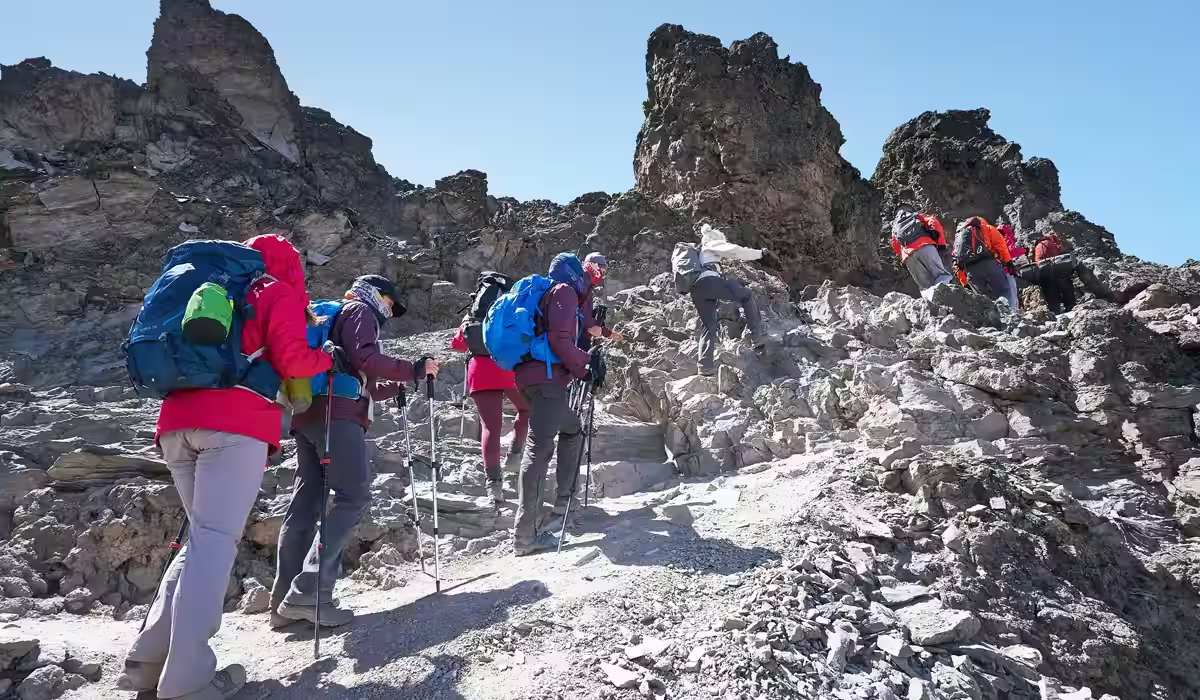

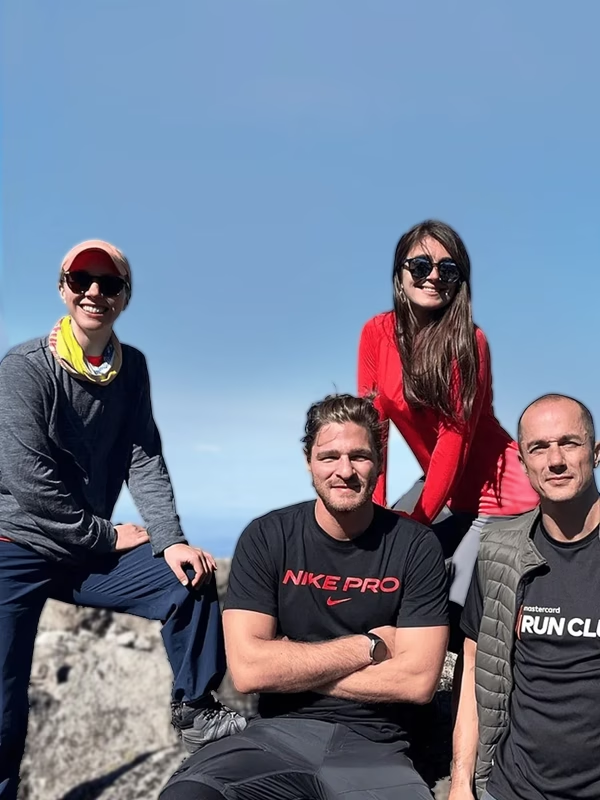
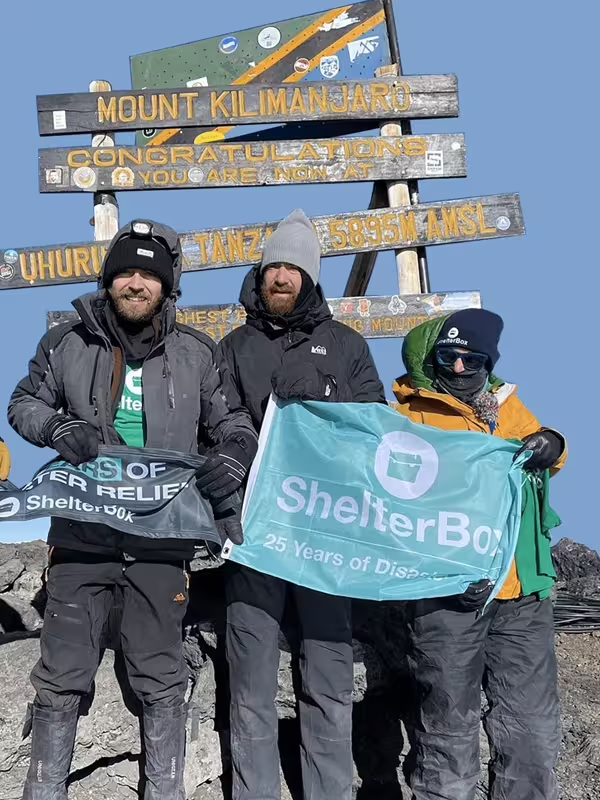
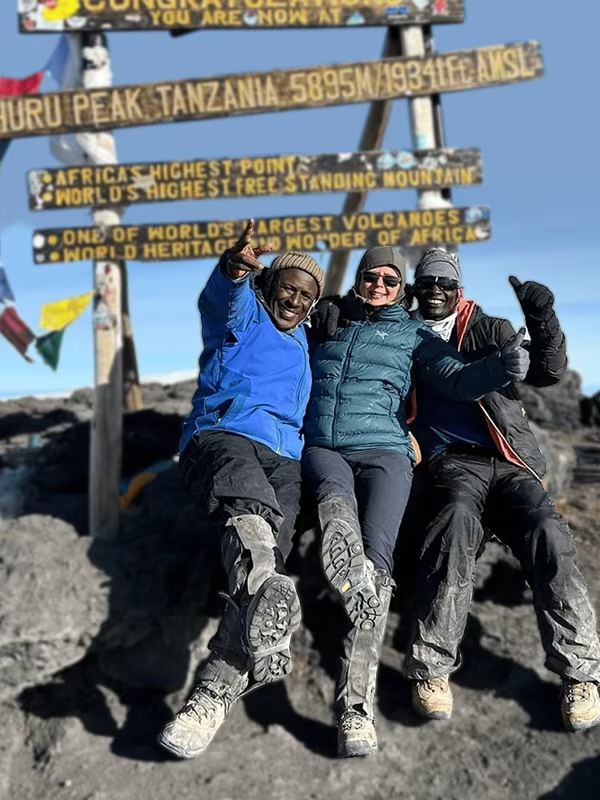



 African Scenic Safaris #1 on TripAdvisor
African Scenic Safaris #1 on TripAdvisor 




